Intel teases microarchitecture collaboration with Samsung
The two companies have formed a joint team committed to developing components for future Samsung devices
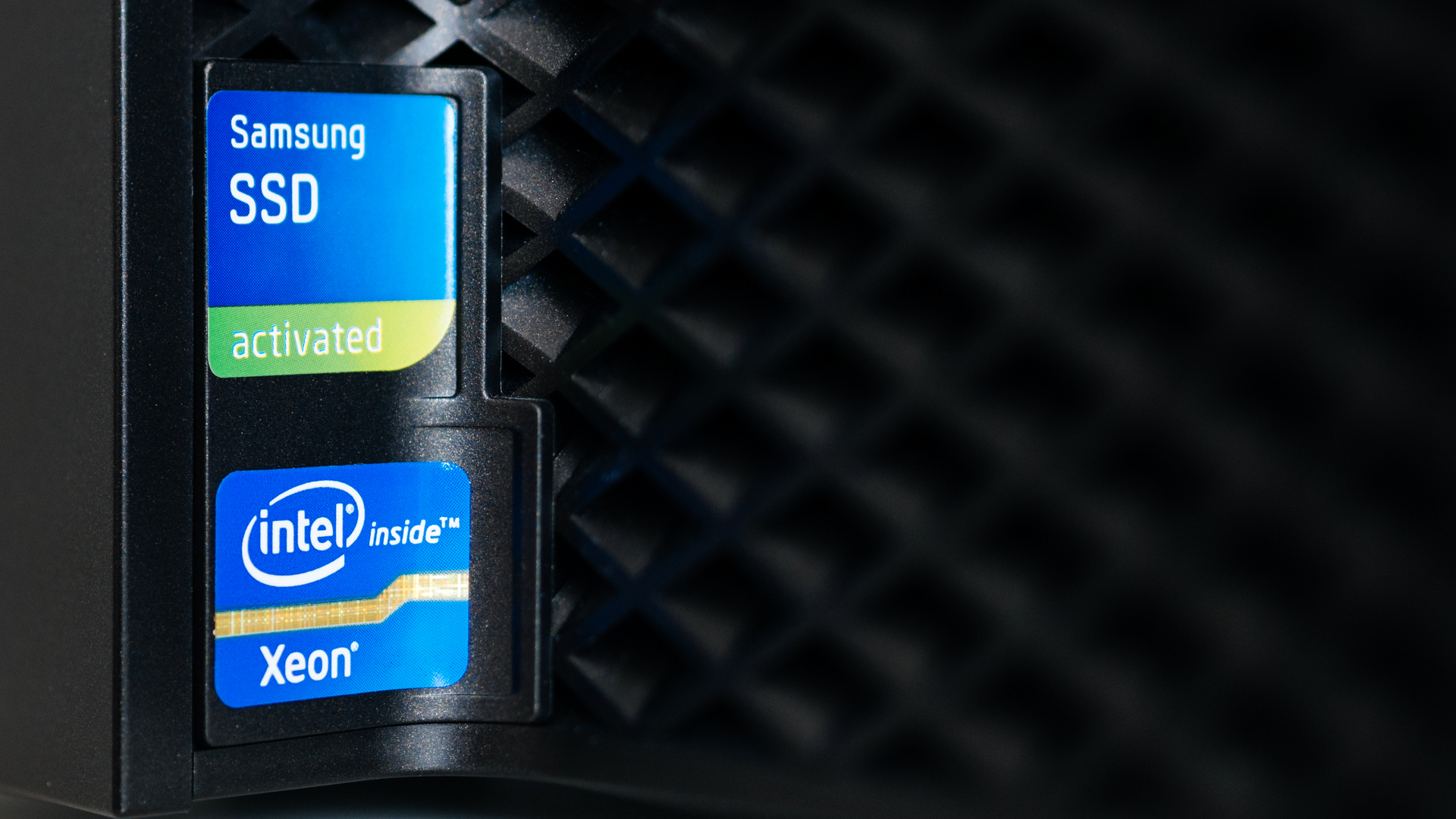

Intel and Samsung will establish a joint engineering team to collaborate on components to be fitted into future Samsung hardware, including a new form of microarchitecture reliant on different kinds of "XPU cores".
This co-engineering partnership is an extension of the existing collaboration between the two firms and will foster the development of unique PC designs that fall under the Samsung Galaxy branding. This comes as Samsung has launched two new enterprise-grade devices, including the Samsung Galaxy Pro and Samsung Galaxy Pro 360.
The team will work on “more personalised computing” by integrating artificial intelligence (AI) technology, as well as building a better capacity for users to work and share content across all kinds of devices.
Intel also plans to build a microarchitecture that makes use of “multiple types of XPU cores”. Although specific details are scarce, we do know the microarchitecture will fall under Intel's previously established XPU strategy, meaning the new component would likely manifest as a combination of various other core units, including CPUs and GPUs, as well as FPGAs, bundled into a single architecture.
“The level of engineering vision needed to convert such ideas into actual products is only possible through collaboration,” said Gregory M Bryant, Intel's executive vice president and general manager of the client computing group.
“Intel’s ability to scale and create with innovative partners like Samsung is what excites our teams. Match that excitement with the wave of digitization we’re all experiencing, and I cannot wait to see how we make computing even more purposeful.”
The references to working across multiple devices also raise the prospect of Intel developing chipsets for future Samsung Galaxy smartphones. Samsung currently uses custom Arm-based Exynos chips for devices such as the high-end Samsung Galaxy S21 Ultra, as well as mid-level Samsung Galaxy A90.
Get the ITPro daily newsletter
Sign up today and you will receive a free copy of our Future Focus 2025 report - the leading guidance on AI, cybersecurity and other IT challenges as per 700+ senior executives
The partnership is certainly a win for Intel following news that Alienware is launching AMD-powered gaming laptops for the first time in over a decade. While Intel chips are still embedded across the broader Dell portfolio, for the most part, it’s still a bruising blow for the industry giant. Apple, too, distanced itself from Intel last year after committing to manufacturing iMacs fitted with its own custom Arm-based CPUs.
RELATED RESOURCE

Unlocking collaboration: Making software work better together
How to improve collaboration and agility with the right tech
Intel, for years, retained an effective monopoly over the CPUs fitted into mainstream devices. After years of this near-exclusivity with a number of device manufacturing partners, however, viable alternatives are emerging and many are looking elsewhere, whether this comes in the form of components made by its competitor, AMD, or in-house designs.
This extended collaboration with Samsung will be seen as a win for Intel's new CEO Pat Gelsinger, as the firm tries to turn around what has been a rocky 2020. Beyond a significant delay to its 7nm CPU and departure of its chief engineering officer, Dr Murthy Renduchintala, Nvidia overtook the firm as the most valuable US chipmaker last year.
The engineering collaboration, however, represents an opportunity for Intel to stay relevant and stake its claim once again to be the go-to manufacturer for core computing components. This is true especially in light of the launch of its ‘IDM 2.0’ strategy, which is now underway as Gelsinger attempts to revitalise the business.

Keumars Afifi-Sabet is a writer and editor that specialises in public sector, cyber security, and cloud computing. He first joined ITPro as a staff writer in April 2018 and eventually became its Features Editor. Although a regular contributor to other tech sites in the past, these days you will find Keumars on LiveScience, where he runs its Technology section.
-
 Neural interfaces promise to make all tech accessible – it’s not that simple
Neural interfaces promise to make all tech accessible – it’s not that simpleColumn Better consideration of ethics and practical implementation are needed if disabled people are to benefit from neural interfaces
By John Loeppky
-
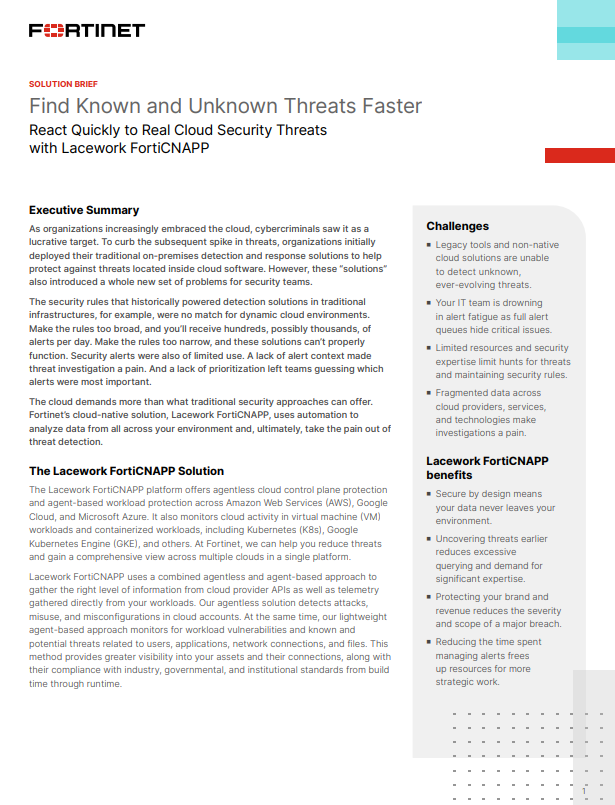 Solution Brief: Find Known and Unknown Threats Faster
Solution Brief: Find Known and Unknown Threats FasterDownload Now
By ITPro
-
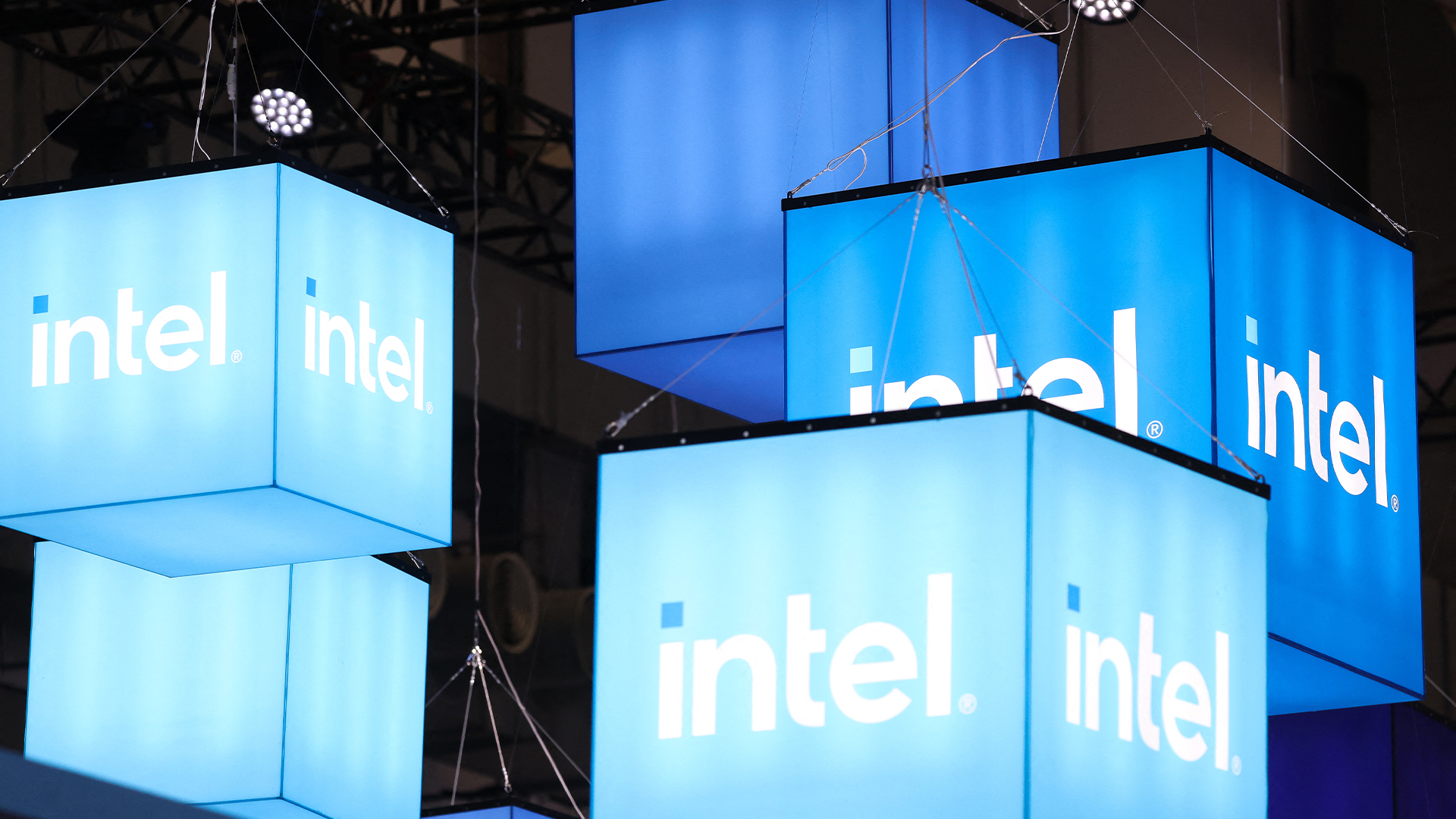 The gloves are off at Intel as new CEO plots major strategy shift
The gloves are off at Intel as new CEO plots major strategy shiftNews Intel’s incoming CEO has some big plans for the firm’s business strategy, sources familiar with the matter have told Reuters, with more job cuts looming on the horizon.
By George Fitzmaurice
-
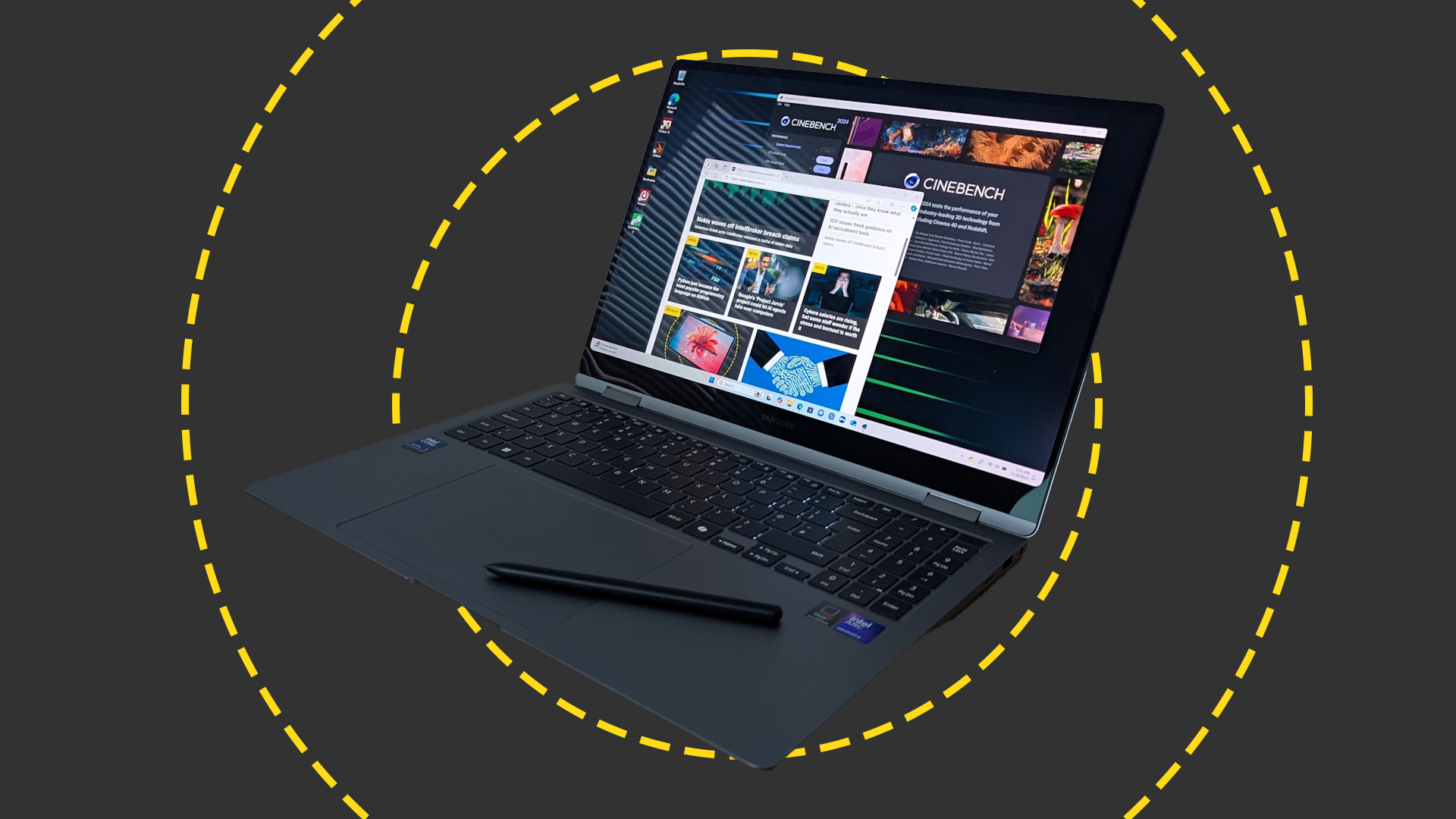 Samsung Galaxy Book 5 Pro 360 review: Almost the perfect big-screen laptop
Samsung Galaxy Book 5 Pro 360 review: Almost the perfect big-screen laptopReviews The Book 5 Pro 360 is a laptop you slowly get accustomed to, rather than one that feels right from the word go.
By Stuart Andrews
-
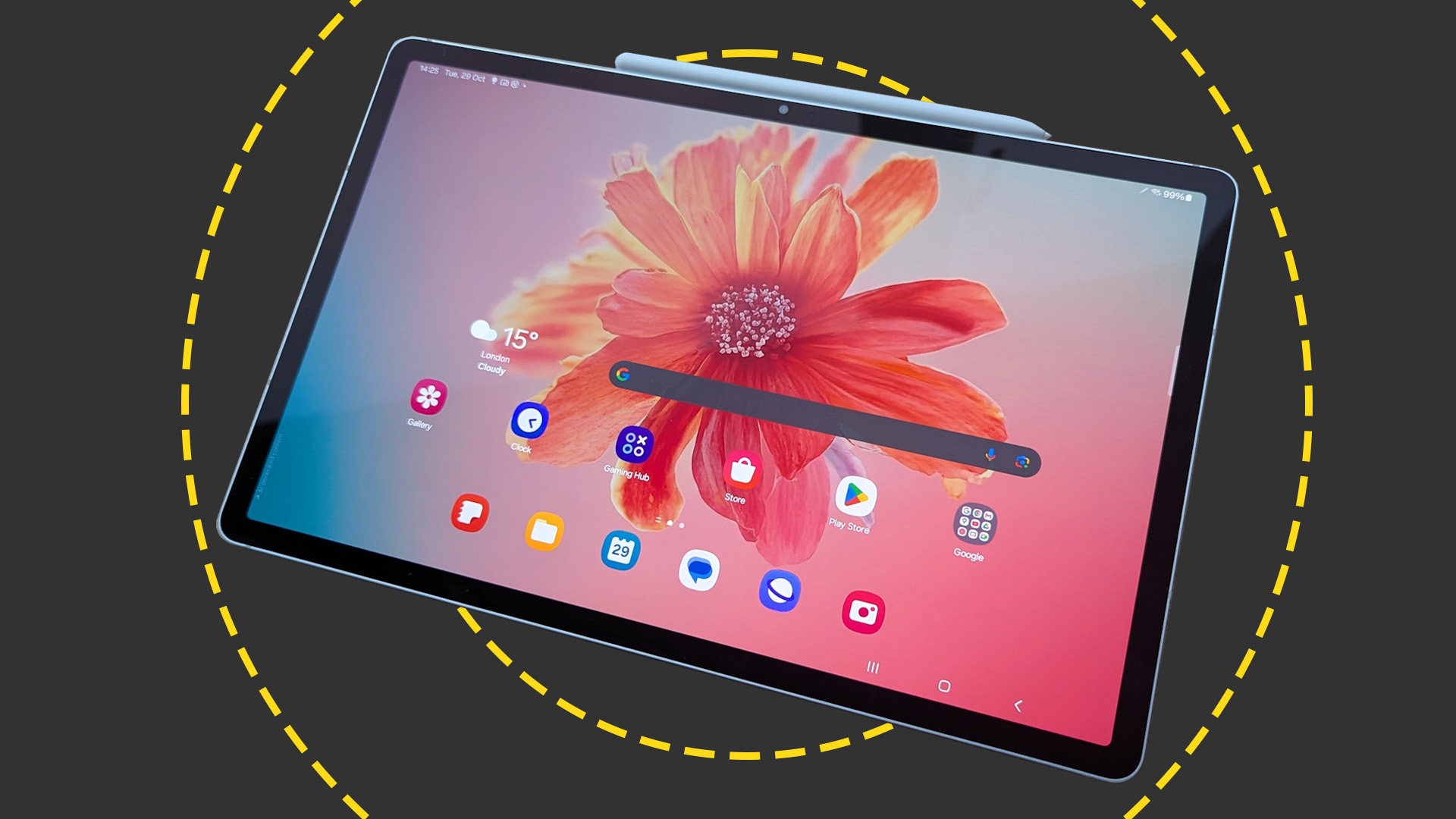 Samsung Galaxy Tab S10+ review: Possibly the best Android tablet for business
Samsung Galaxy Tab S10+ review: Possibly the best Android tablet for businessReviews With good performance, AI features and an exceptional screen, the Tab S10+ is the best Android tablet out there, if not quite the best tablet overall
By Stuart Andrews
-
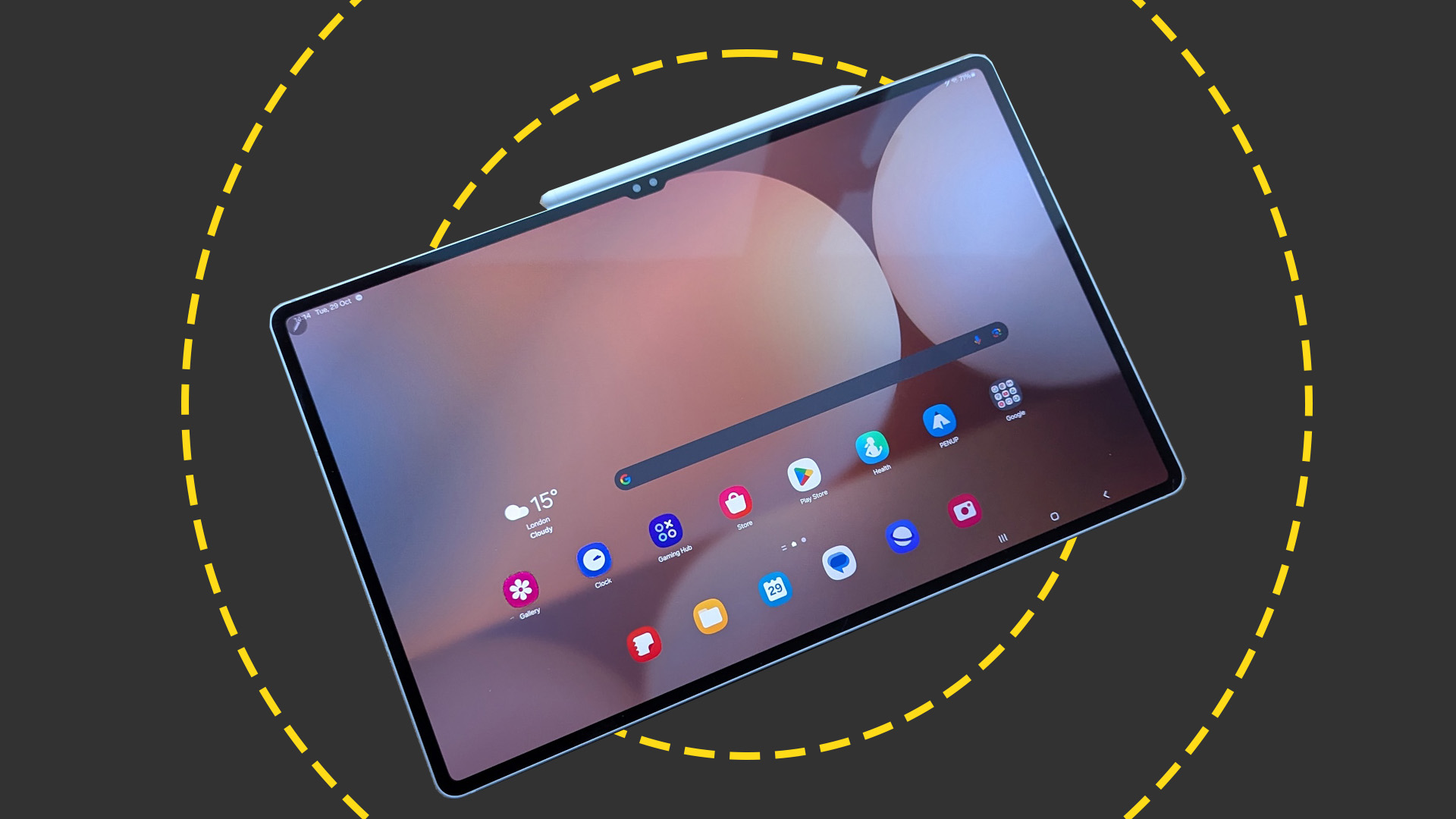 Samsung Galaxy Tab S10 Ultra review: Samsung's big-screen tablet is an AI-powered multitasking monster
Samsung Galaxy Tab S10 Ultra review: Samsung's big-screen tablet is an AI-powered multitasking monsterReviews The sheer size won't be for everyone, but the Tab S10 Ultra has the screen, performance, and multitasking prowess for serious work
By Stuart Andrews
-
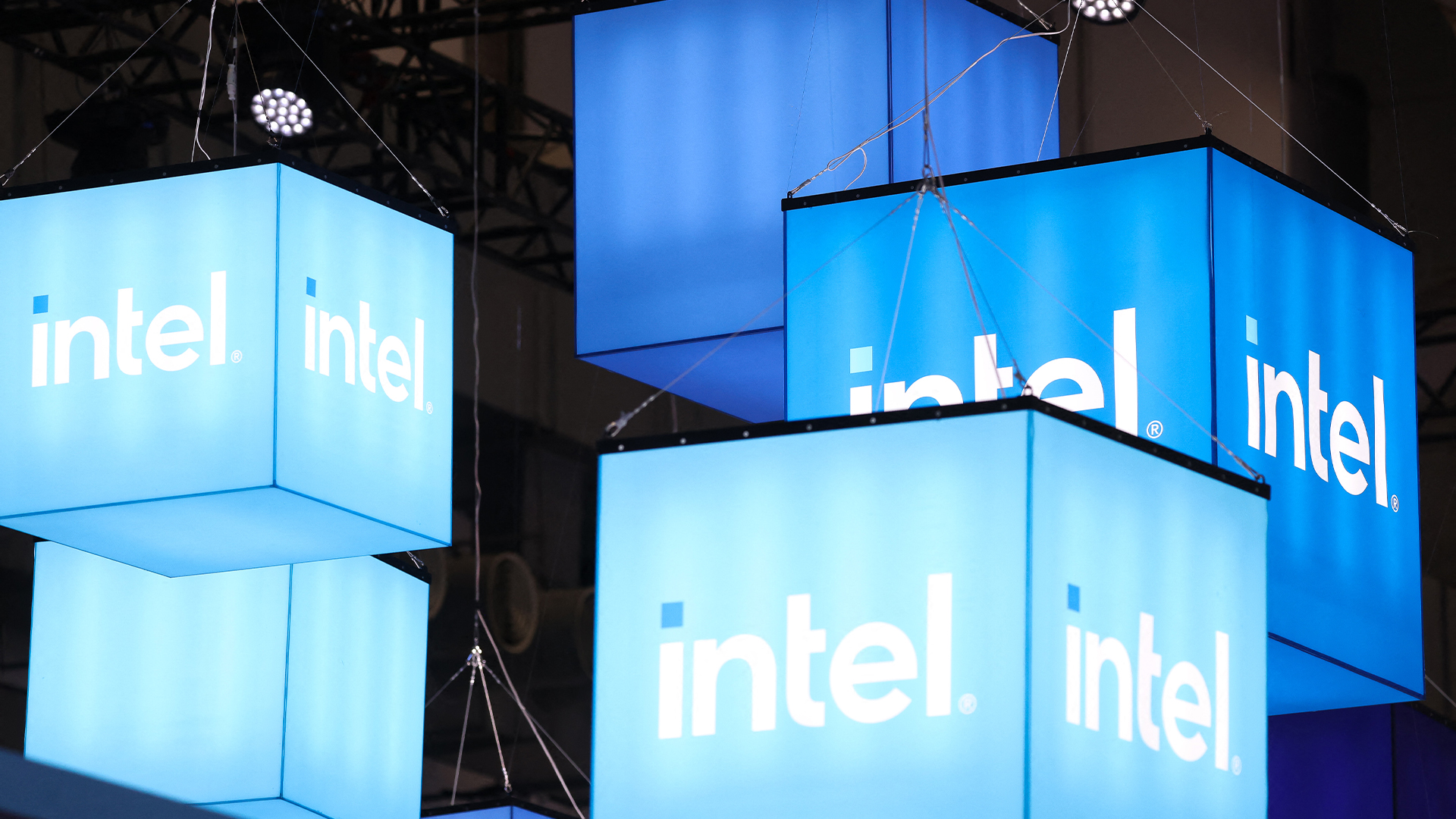 Intel just won a 15-year legal battle against EU
Intel just won a 15-year legal battle against EUNews Ruled to have engaged in anti-competitive practices back in 2009, Intel has finally succeeded in overturning a record fine
By Emma Woollacott
-
 AMD and Intel’s new x86 advisory group looks to tackle Arm, but will it succeed?
AMD and Intel’s new x86 advisory group looks to tackle Arm, but will it succeed?News The pair will look to make x86 CPU architecture more interoperable
By George Fitzmaurice
-
 Why the world is about to be swamped with AI PCs
Why the world is about to be swamped with AI PCsNews With adoption rates set to surge, AI PCs will become far more mainstream in years to come
By Nicole Kobie
-
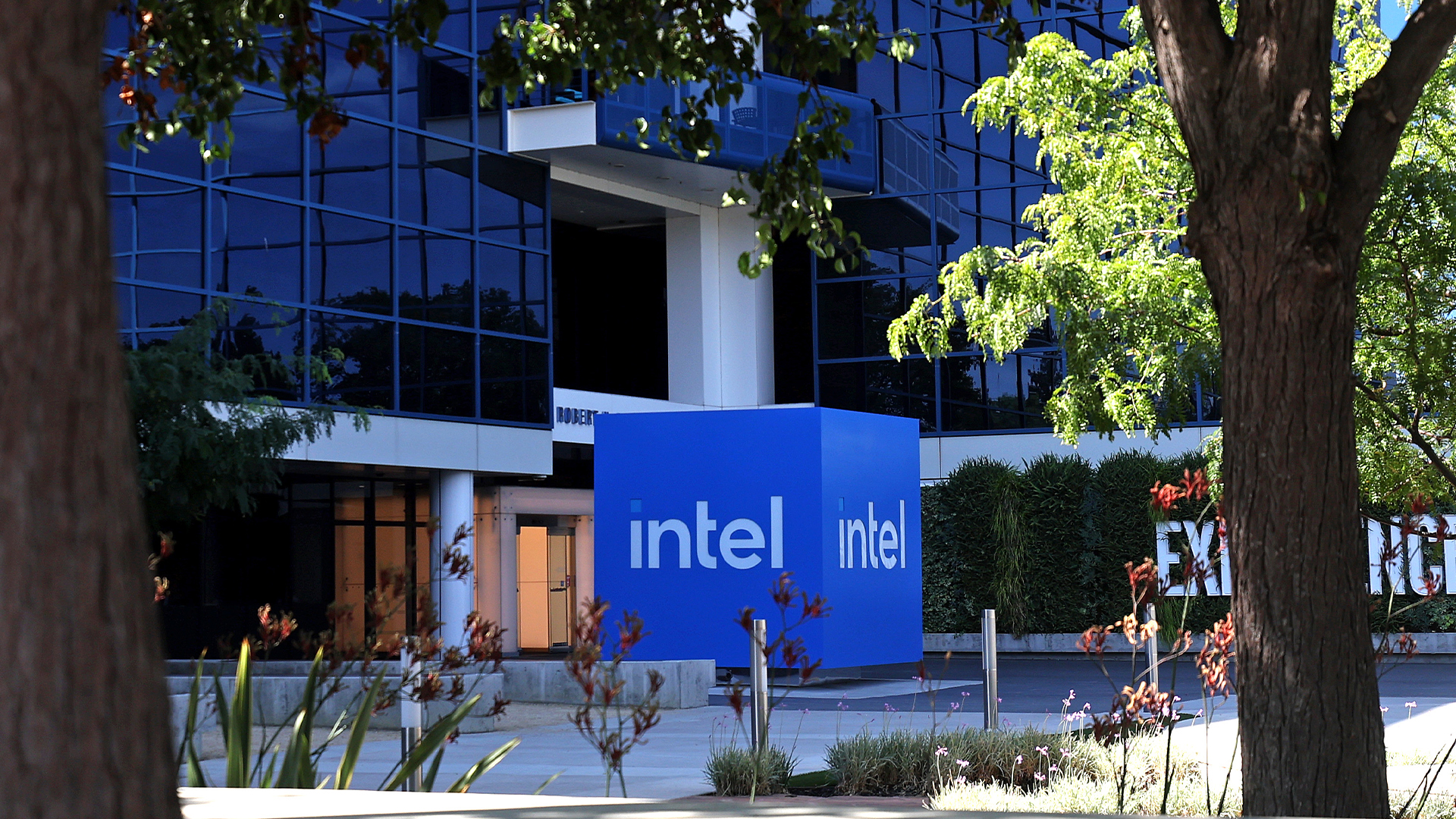 Intel needs to “get its story right” to turn things around and capitalize on the AI boom
Intel needs to “get its story right” to turn things around and capitalize on the AI boomAnalysis Intel has entered a period of uncertainty after announcing restructuring plans and a huge round of layoffs
By George Fitzmaurice